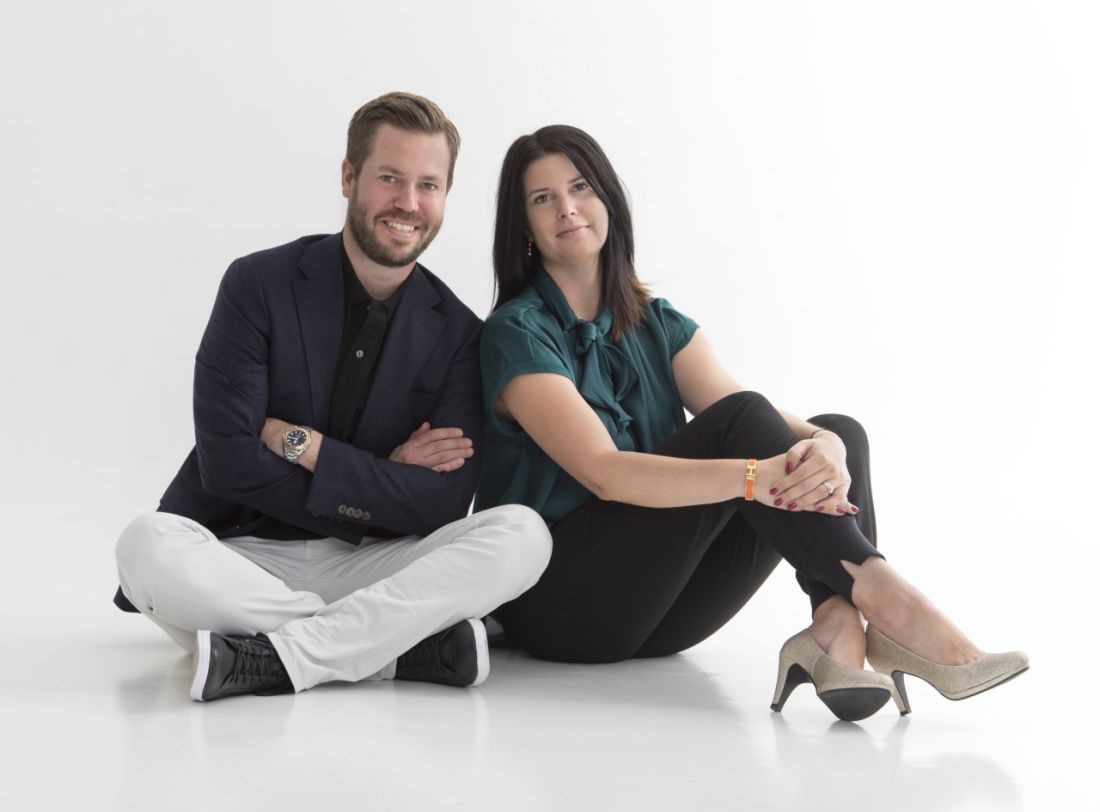A different kind of service provider
The focus that Bright has on the customers comes from their background: David first founded two broadband service providers, in Sweden and Spain, before making the jump to the energy market. Even as a supplier, they cultivated a customer-first perspective. “We want to be on the customer’s side because we’re energy customers ourselves,” Camilla explains.
And their experience as a supplier means they’re familiar with the challenges that energy companies face. All this means that they don’t see themselves as a typical ‘digital firm’, says David. Bright is “going to be a platform that keeps on evolving over time”, for both end consumers and suppliers.
Bright has already begun to include additional services to support the unique nature of Sweden’s energy providers, who often hold multiple municipal contracts, from district heating to waste collection. Bright now lets customers see their invoices for broadband and district heating, and can even remind them to put the bins out for collection.
The Future is Bright
Camilla speaks enthusiastically about the potential for new “gamification” inspired features- similar to the ‘compare with your neighbours’ available in the app today. They’re more interested in learning from health and exercise apps than existing energy suppliers' apps, she says, which have developed innovative ways to engage users.
In 2021, they want to take their product out to more suppliers across the Nordics, with an eye on Norway with its high penetration of electric vehicles. They are even looking further afield, to places like Germany, where the Energiewende has left energy companies facing similar problems to those in Sweden. “We think our platform can make a real impact”, Camilla adds, pointedly.

